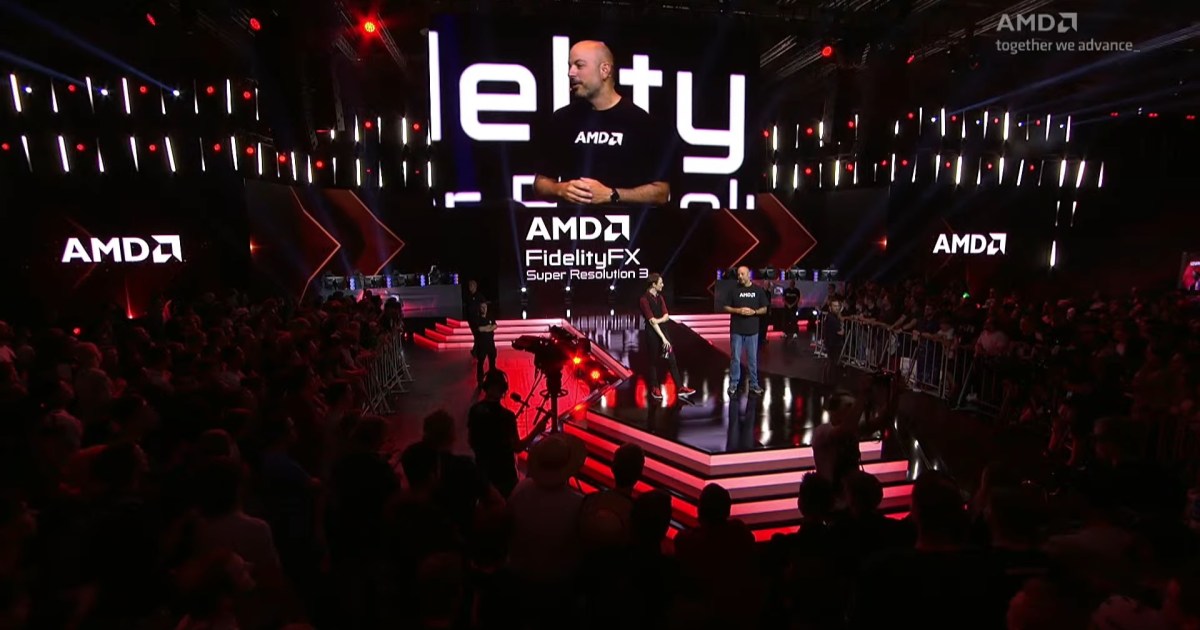
AMD isn’t just copying Nvidia’s homework with FSR 3
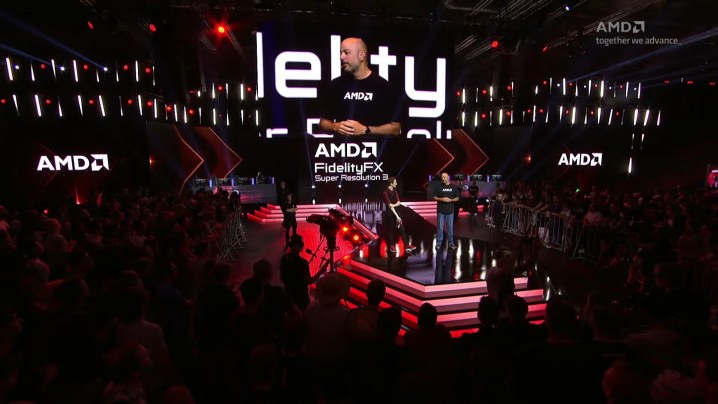 AMD
AMD
After nearly a year of waiting, AMD has finally shared more details on its upcoming FidelityFX Super Resolution 3 (FSR 3). If you’ve seen the original announcement you know what to expect — it’s AMD’s FSR upscaling combined with something called Fluid Motion Frames to multiply frame rates. The big news? It works with any GPU.
Well, not technically any GPU. AMD says its Fluid Motion Frames works on anything from the original RDNA generation (RX 5000) and newer, but that includes GPUs from Nvidia and Intel. It’s a much different approach than Nvidia’s Deep Learning Super Sampling 3 (DLSS 3). The DLSS Frame Generation feature not only requires an Nvidia RTX GPU, but specifically one from the most recent generation like the RTX 4070.
FSR 3 isn’t locked down in that way. AMD showed off the feature in Forspoken, with the newly announced RX 7800 XT going from 36 frames per second (fps) to 122 fps at 4K with the highest quality ray tracing preset. That’s nearly quadruple the frame rate, which is nothing to scoff at.
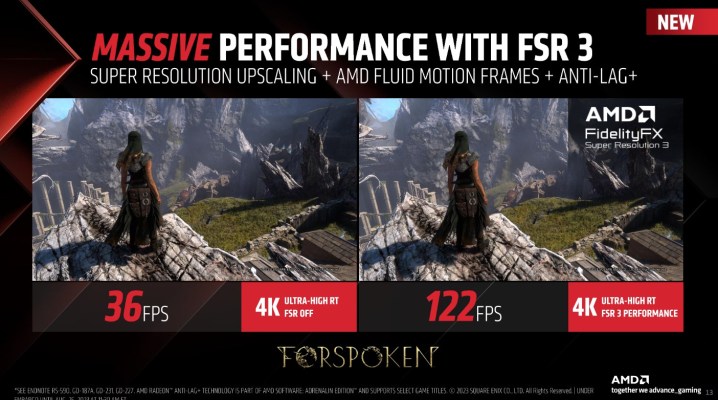 AMD
AMD
We still have to see if image quality will hold up, though. AMD’s approach with FSR has always been open support, but Nvidia’s lockdown of DLSS allows it to achieve better image quality. This could be even more important for Fluid Motion Frames. Even DLSS Frame Generation struggles to get around artifacts despite Nvidia’s dedicated AI hardware.

Get your weekly teardown of the tech behind PC gaming
Fluid Motion Frames works in the same way, though. AMD says it’s a frame interpolation technology that inserts a frame between two rendered frames, theoretically doubling performance. Alongside FSR 3, AMD is also introducing Native AA mode. This is similar to Nvidia’s Deep Learning Anti-Aliasing (DLAA). It uses the sharpening and anti-aliasing properties of FSR while rendering you game at native resolution.
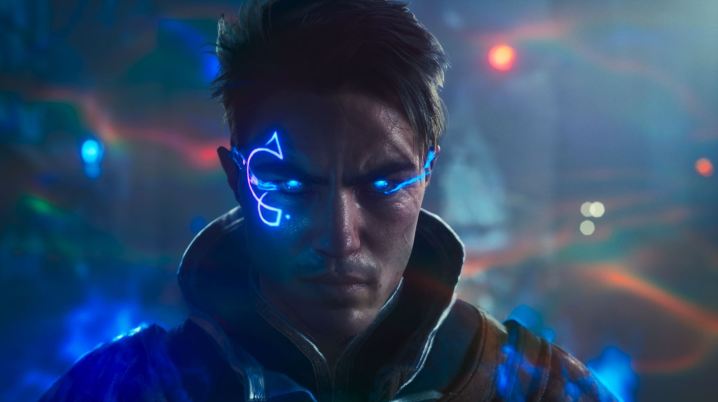 EA
EA
We won’t have to wait long to see FSR 3 in action. AMD confirmed the feature will launch in Immortals of Aveum and Forspoken through patches in September. The company says it hasn’t decided on an exact date yet, though.
AMD has a slate of games that will eventually integrate FSR 3, as well. Here are all the titles we know about so far:
- Immortals of Aveum
- Forspoken
- Avatar Frontiers of Pandora
- Cyberpunk 2077
- Warhammer 40,000: Space Marine II
- Frostpunk 2
- Alters
- Squad
- StarTroopers Extermination
- Black Myth Wukong
- Crimson Desert
- Like a Dragon Infinite Wealth
In addition to these games, AMD has announced partnerships with Square Enix, Sega, CD Projekt Red, and more, along with an FSR 3 plugin for Unreal Engine.
FSR 3 requires developer integration, so there’s no saying how long it will take to bring the feature to more games. However, AMD is planning to bring some aspects of FSR 3 to its driver through HYPR-RX.
This feature, which was announced alongside FSR 3 last November, promises a one-click performance boost through AMD Software. According to AMD, it finds the best combination of features through AMD Software for the game you’re playing and turns them on in one click. Critically, AMD is adding Fluid Motion Frames into the driver.
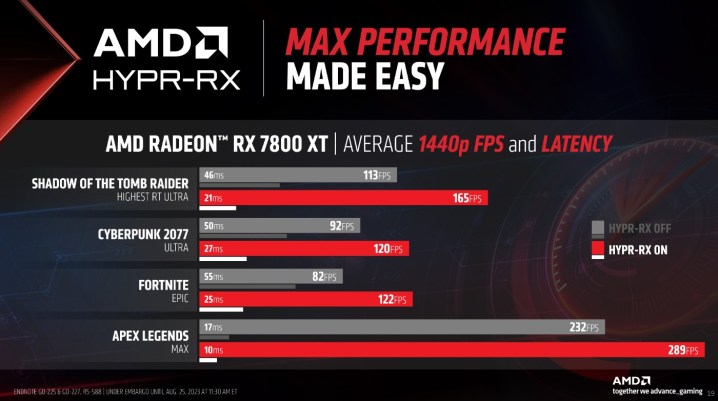 AMD
AMD
That means you’ll be able to use it even in games that don’t natively support FSR 3. HYPR-RX is coming in a driver update in early September, but it won’t include Fluid Motion Frames. That will come later, and AMD hasn’t announced when it will arrive exactly. It’s important to note that HYPER-X only works on RDNA 3 graphics cards like the RX 7900 XTX and RX 7900 XT.
We still have to wait for FSR 3 to arrive before drawing any firm conclusions on it. Without AI at the helm, it’s hard to say how the final image will look, as well as if performance will hold up. For its part, Nvidia announced its DLSS 3.5 update this week, as well, which brings the new Ray Reconstruction feature into the RTX suite.


